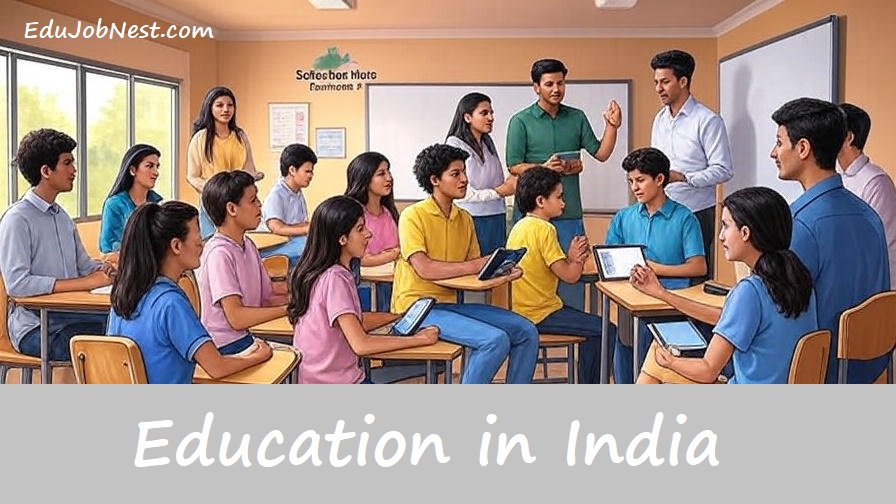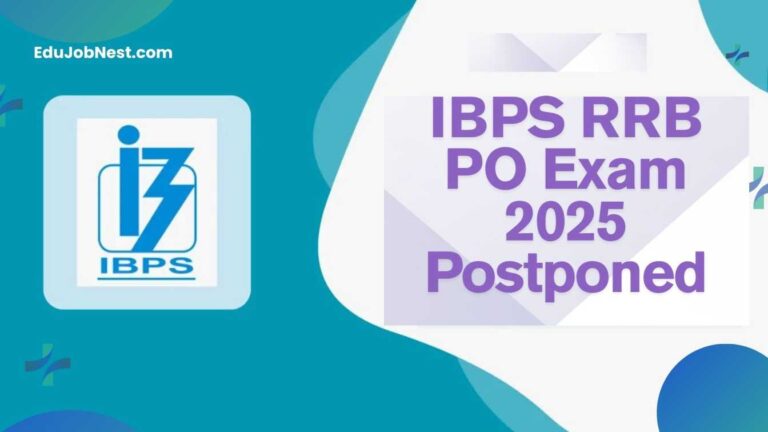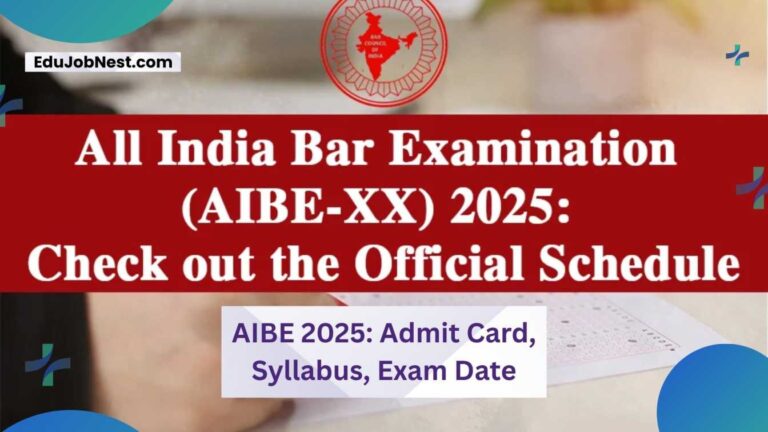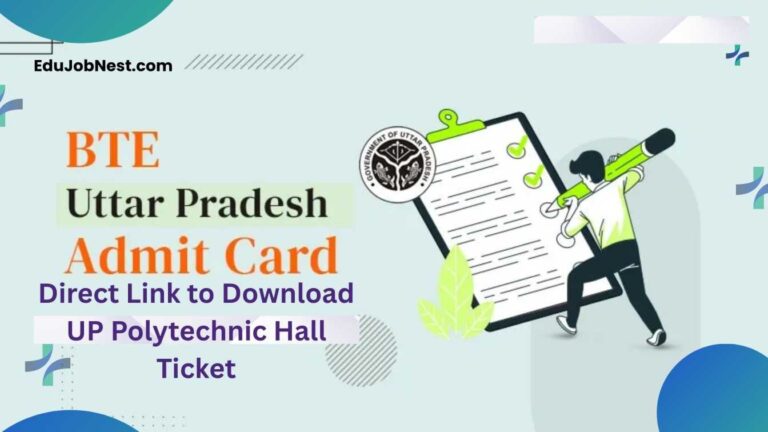
Education in India: Trends, Challenges, and the Future (2025)
India’s education sector stands at a transformative crossroads in 2025. With a population of over 1.4 billion and a rapidly evolving digital landscape, the way India learns, teaches, and innovates is undergoing a seismic shift. This comprehensive guide explores the current state, major trends, key challenges, and the future of education in India, providing actionable insights for students, parents, educators, and policymakers. Education in India 2025
Introduction: The Landscape of Education in India
The education system in India is one of the largest and most diverse in the world, spanning rural and urban geographies, public and private institutions, and traditional and modern pedagogies. The sector caters to over 250 million school-going children and millions of students in higher education. As India aims to become a global knowledge hub, education is central to its economic and social ambitions.
Also Read: COMEDK Answer Key 2025: Download PDF, Objection, Result Dates
Key Trends Shaping Education in India 2025
1. Blended and Hybrid Learning
Blended learning—combining online and offline methods—has become the new normal. Digital platforms, virtual classrooms, and AI-powered tools are now integrated with traditional teaching, offering flexibility and personalized learning experiences.
2. Rise of Skill-Based and Vocational Training
There is a marked shift from rote learning to skill-based education. Institutions are introducing practical courses, industry certifications, and hands-on training to bridge the gap between academia and industry needs.
3. AI and EdTech Ecosystems
AI-driven platforms are revolutionizing how students learn, track progress, and access resources. Virtual labs, gamification, and immersive technologies like AR/VR are making learning more engaging and effective.
4. Focus on Student Well-being and Mental Health
Schools and colleges are increasingly prioritizing mental health, with counseling services, peer support, and stress management workshops becoming standard practice.
5. Entrepreneurship and Innovation
Universities are fostering entrepreneurship through incubation centers, startup programs, and innovation hubs, encouraging students to develop business acumen and creative problem-solving skills.
Government Initiatives and Policy Reforms
National Education Policy (NEP) 2020
The NEP 2020 is a landmark reform aiming to overhaul the Indian education system. It emphasizes multidisciplinary learning, flexibility, and holistic development. Key features include:
-
Early childhood care and education
-
Mother tongue as the medium of instruction until Grade 5
-
Focus on critical thinking and creativity
-
Integration of vocational education from an early age
Study in India Initiative
The Indian government is actively promoting India as a global education destination. Delegations are reaching out to international students, highlighting India’s diverse academic offerings and affordable education.
“A Ministry of Education delegation recently visited the US to promote the ‘Study in India’ program, aiming to attract more international students and foster global collaborations.”
EdTech Revolution: Technology’s Role in Indian Classrooms
Growth of EdTech Startups
India’s EdTech market is projected to reach $10.4 billion by 2025, driven by startups offering online courses, exam prep, and skill development.
AI, VR, and Gamification
AI-powered adaptive learning platforms, virtual reality labs, and gamified lessons are making education interactive and tailored to individual needs.
Digital Infrastructure and Accessibility
The government and private sector are investing in digital infrastructure to bridge the urban-rural divide, ensuring that even remote areas have access to quality education.
Skill-Based and Vocational Education
Industry Collaboration
Colleges and universities are partnering with industries to design curricula that meet real-world job requirements. Internships, apprenticeships, and live projects are now integral to higher education.
Popular Vocational Streams
-
Information Technology
-
Healthcare
-
Renewable Energy
-
Digital Marketing
-
Logistics and Supply Chain Management
Government Schemes
Initiatives like Skill India and Pradhan Mantri Kaushal Vikas Yojana (PMKVY) are empowering youth with job-ready skills.
Also Read: AP EAMCET 2025 Answer Key: Download, Objection, Result Date
Higher Education and Internationalization
Global Collaborations
Indian institutions are forging partnerships with foreign universities, enabling student exchange, joint research, and dual degree programs.
Attracting International Students
Through the ‘Study in India’ campaign, the government is offering scholarships and streamlined visa processes to attract students from Africa, Southeast Asia, and beyond.
Ranking and Accreditation
Indian universities are climbing global rankings, with increased focus on research, innovation, and international faculty.
Primary and Secondary Education: Results, Reforms, and Innovations
Board Results and Performance
Recent board exam results, such as the Rajasthan Board (RBSE) 5th class results, highlight the growing emphasis on transparency, digital result dissemination, and recognition of academic excellence.
Curriculum Reforms
The curriculum is being updated to include coding, financial literacy, environmental studies, and life skills, preparing students for the 21st-century workforce.
Inclusive Education
Efforts are being made to ensure education is accessible to all, including children with disabilities and those from marginalized communities.
Challenges Facing Indian Education
1. Digital Divide
Despite rapid digitization, disparities in access to devices, internet connectivity, and digital literacy persist, especially in rural and underserved regions.
2. Quality of Education
Variability in quality across states, lack of trained teachers, and outdated curricula remain significant hurdles.
3. Dropout Rates
Socio-economic factors, early marriage, and lack of infrastructure contribute to high dropout rates, particularly among girls and marginalized communities.
4. Examination Pressure
A culture of high-stakes exams and rote learning continues to cause stress and mental health issues among students.
5. Funding and Infrastructure
Many public schools face shortages of basic facilities, teaching aids, and qualified staff.
Also Read: JAC Jharkhand Board 10th Result 2025: Direct Link, Toppers, Pass %
The Future: What Lies Ahead for Education in India?
Personalized and Adaptive Learning
AI and data analytics will enable truly personalized learning pathways, adapting to each student’s strengths and weaknesses.
Lifelong Learning and Micro-Credentials
The workforce of the future will require continuous upskilling. Micro-credentials, online certifications, and modular courses will become mainstream.
Global Recognition
With ongoing reforms and internationalization, Indian education is poised to gain greater global recognition, attracting students and faculty from around the world.
Focus on Holistic Development
Education will increasingly emphasize not just academics, but also creativity, emotional intelligence, and ethical values.
Frequently Asked Questions
Q1. What are the top education trends in India for 2025?
Blended learning, skill-based education, AI-driven EdTech, focus on mental health, and entrepreneurship are the top trends.
Q2. How is technology changing Indian education?
Technology is enabling personalized learning, virtual classrooms, gamification, and access to quality education across geographies.
Q3. What reforms has the government introduced?
The National Education Policy 2020, the Study in India initiative, and digital infrastructure projects are key reforms.
Q4. What are the main challenges?
Digital divide, quality disparities, dropout rates, exam pressure, and infrastructure gaps are major challenges.
External Reference Links
Conclusion
Education in India is on the cusp of a revolution. With bold reforms, technological integration, and a renewed focus on skills and well-being, the sector is evolving to meet the needs of a dynamic, globalized world. While challenges remain, the future of Indian education is bright, promising opportunities for millions of learners and educators.
By focusing on these trends, challenges, and opportunities, India’s education sector is set to empower the next generation of innovators, leaders, and global citizens. Education in India 2025



